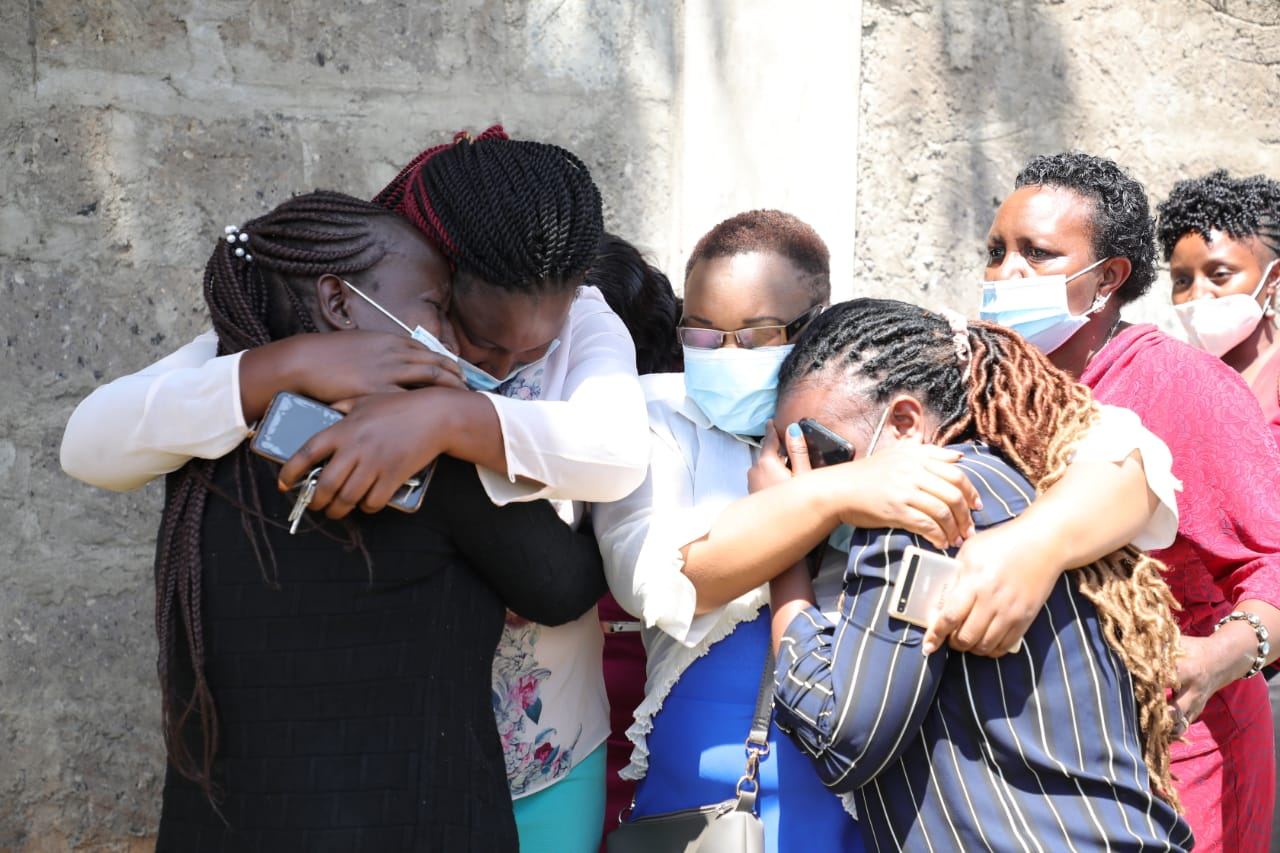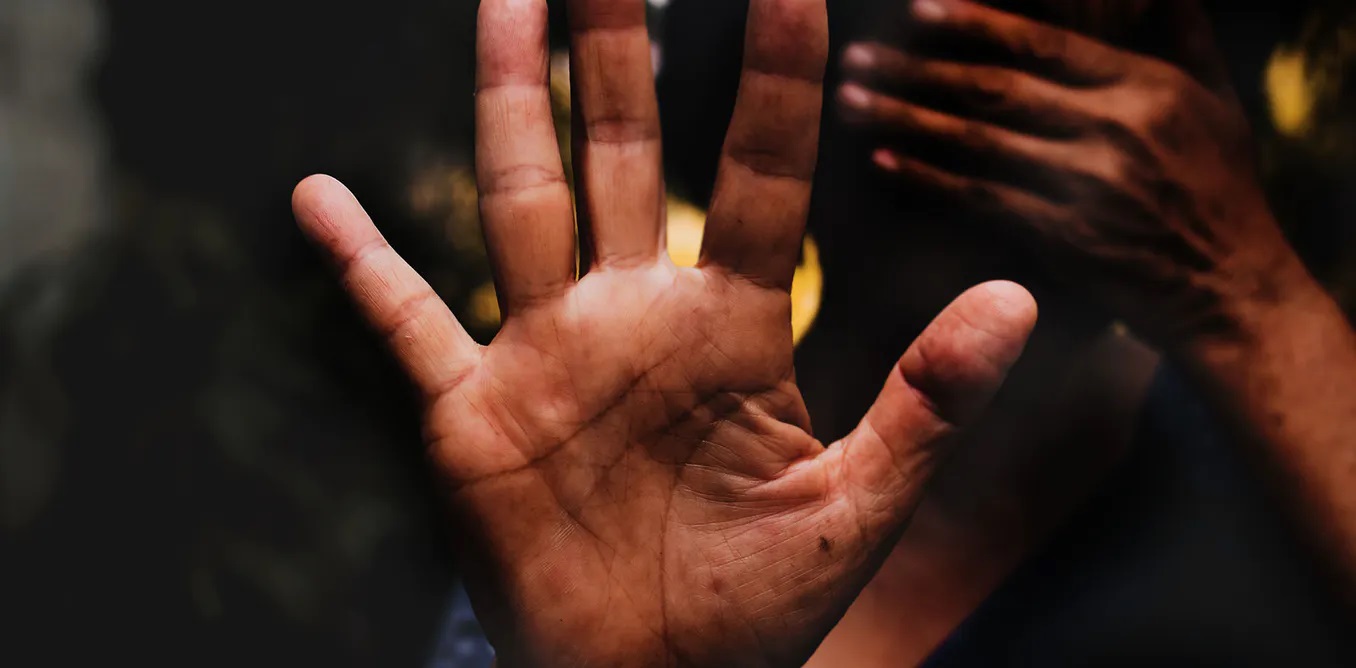Around 87,000 women were killed around the world last year, some 50,000 – or 58 per cent – at the hands of intimate partners or family members. This amounts to some six women being killed every hour by people they know, according to new research published by the United Nations Office on Drugs and Crime (UNODC).
The study, released for the International Day for the Elimination of Violence against Women on Sunday, examines available homicide data to analyse the gender-related killing of women and girls, with a specific focus on intimate partner and family-related homicide and how this relates to the status and roles of women in society and the domestic sphere.
“While the vast majority of homicide victims are men, women continue to pay the highest price as a result of gender inequality, discrimination and negative stereotypes. They are also the most likely to be killed by intimate partners and family,” said UNODC Executive Director Yury Fedotov.
“Targeted criminal justice responses are needed to prevent and end gender-related killings. UNODC is releasing this research for the International Day for the Elimination of Violence against Women 2018 to increase understanding and inform action.”
Looking at the rate of female victims of homicide by intimate partners or family members, the study found that the global rate was around 1.3 victims per 100,000 female population.
In terms of geographical distribution, Africa and the Americas are the regions where women are most at risk of being killed by intimate partners or family members. In Africa, the rate was around 3.1 victims per 100,000 female population, while the rate in the Americas was 1.6 victims, in Oceania 1.3 and in Asia 0.9. The lowest rate was found in Europe, with 0.7 victims per 100,000 female population.
According to the study, tangible progress in protecting and saving the lives of female victims of intimate partner/family-related homicide has not been made in recent years, despite legislation and programmes developed to eradicate violence against women.
The conclusions highlight the need for effective crime prevention and criminal justice responses to violence against women that promote victim safety and empowerment while ensuring offender accountability. The study also calls for greater coordination between police and the justice system as well as health and social services and emphasizes the importance of involving men in the solution, including through early education.












2 Comments